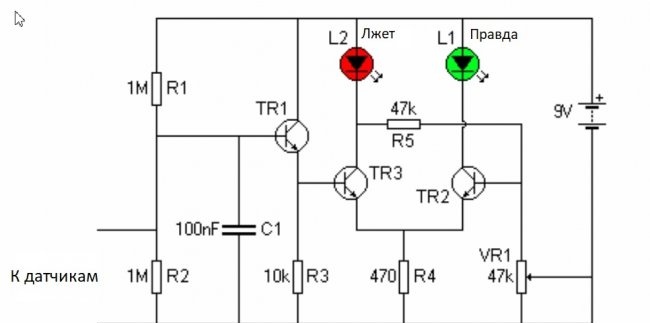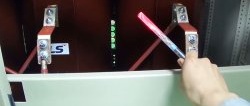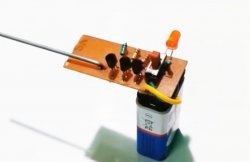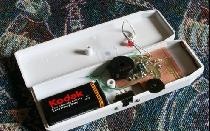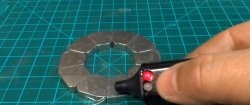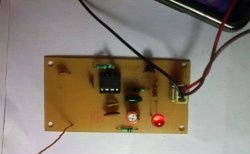Simple lie detector
A simple detector that will show whether a person is lying or telling the truth. Of course, it is far from a real, modern lie detector - a polygraph, but it deserves attention, since anyone can make it with their own hands. Like any, even the most modern polygraph, it does not show 100% that a person is lying. It shows that the human body has changed its state in the readings that the detector tracks. And the detector operator decides whether to take these readings into account or not.
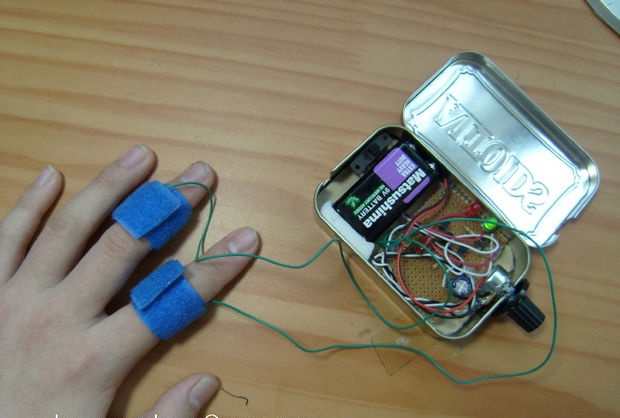
The device is a threshold detector that measures the resistance of an area of the human body. The device reacts to changes in this resistance, and depending on the reading, the state of the indicator changes.
In general, the resistance of the human body is by no means constant; it depends on many factors. Thanks to this property, we will track a sharp change in this value.
I will not list all the elements - they can be seen in the diagram. There are no special requirements for them - you can use any.
Transistors 2N3904, domestic analogs of KT315, KT3102, or any others of the same structure.
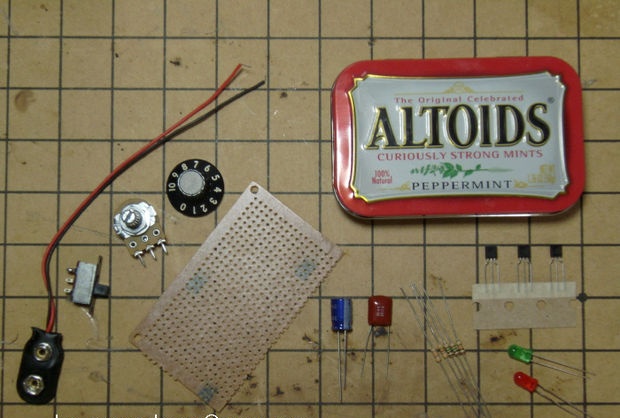
The circuit is built on three transistors. The first transistor is a DC amplifier. A Schmitt trigger is built on the other two, which can be stably in one of two states: false - true.
Using a variable resistor, the response threshold is adjusted.
To take readings from a person we need two sensors. I made them into Velcro clothes by gluing aluminum foil to the back and connecting wires to it.
The sensors can be of a different design, the main thing is that they have a large area of contact of the current-carrying part with the human body.
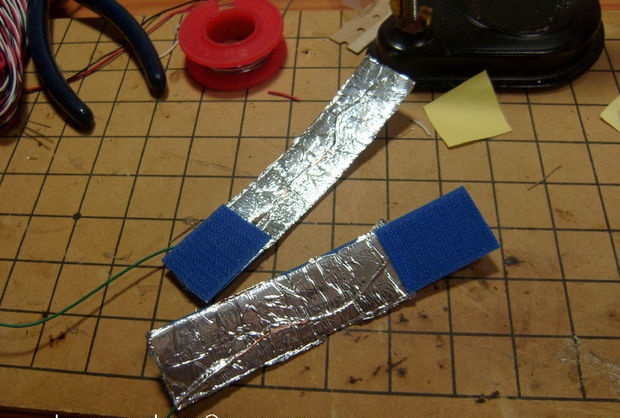
I assembled the circuit on a breadboard. I added a switch and a capacitor for power supply, which are not on the diagram. I think it will be better and more stable this way, although you can do without all this.
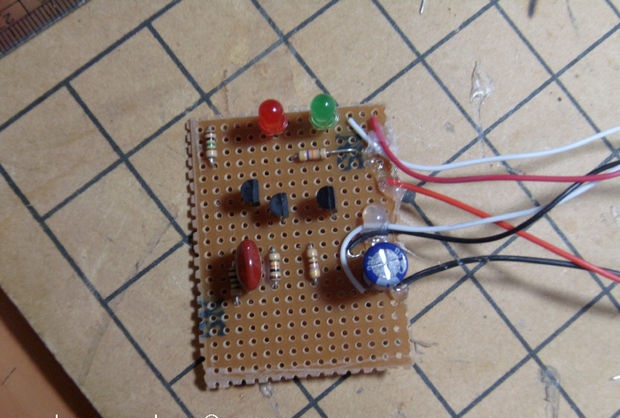
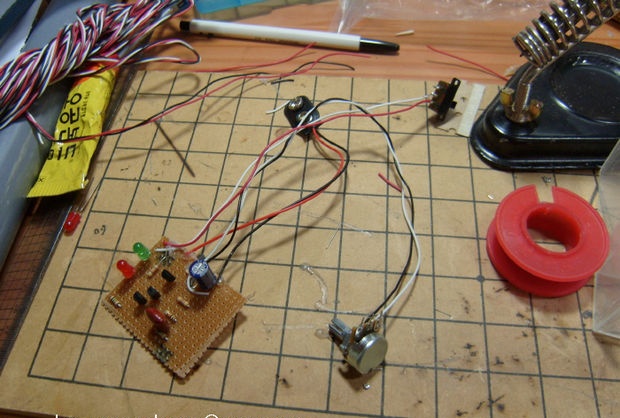
The body was made from a tin box. Drilled a hole for the variable resistor. I put a piece of cardboard on the bottom so that the board does not short out to the case. I glued the switch with hot glue and propped the battery up with a piece of insulation. Common (minus) connected to the body. The design turned out to be shielded and it is not afraid of interference from outsiders.
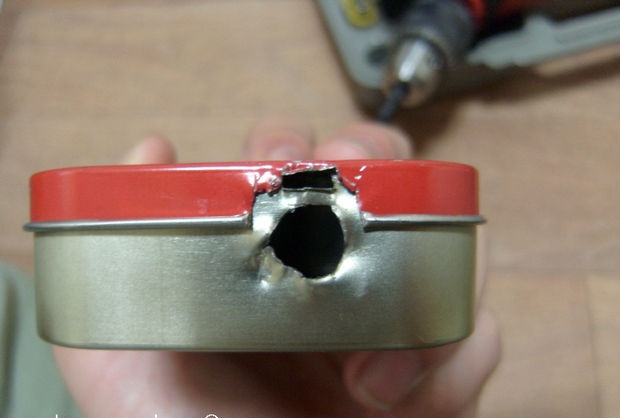
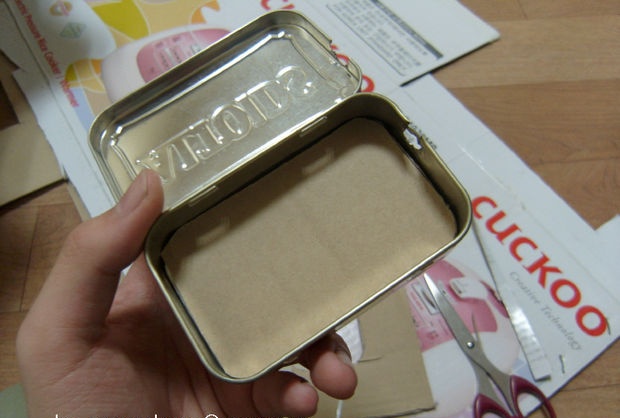
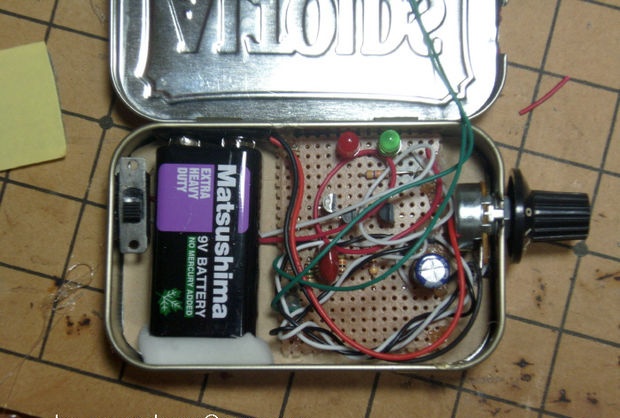
Now your lie detector is ready to use. Place sensors on the “suspect’s” fingers.
Turn on the power to the circuit. Turn the variable resistor smoothly until green (True) lights up and red (False) goes out. This will be the threshold.
Ask the “suspect” a question. If after a few seconds the red light comes on, he is lying.

The detector is small in size and you can take it with you anywhere. It is fully functional and quite working.
You are sure to have a lot of fun after assembling and testing.
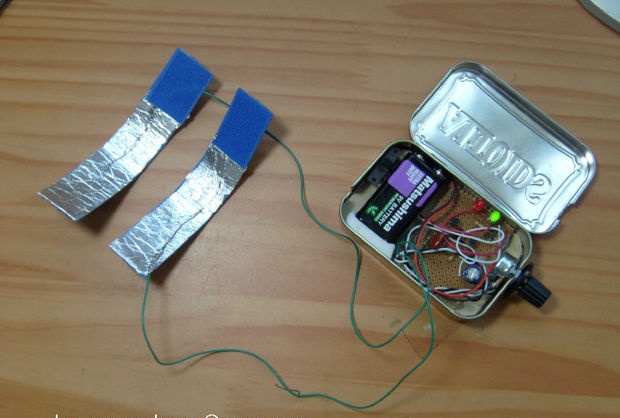
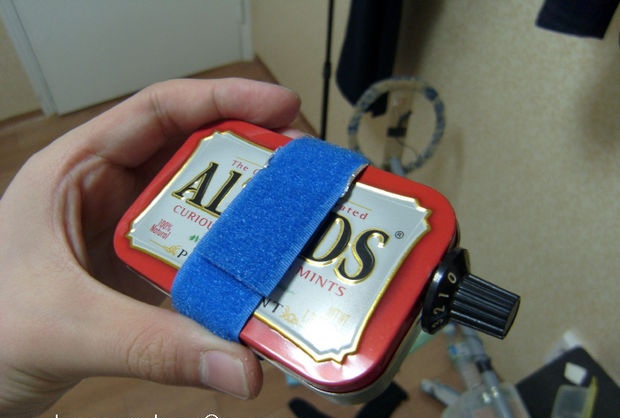
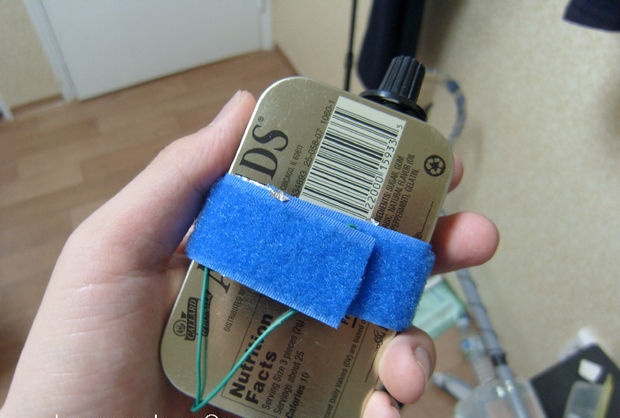
Original article in English

The principle of detecting lies
The device is a threshold detector that measures the resistance of an area of the human body. The device reacts to changes in this resistance, and depending on the reading, the state of the indicator changes.
In general, the resistance of the human body is by no means constant; it depends on many factors. Thanks to this property, we will track a sharp change in this value.
What is needed to build a lie detector
I will not list all the elements - they can be seen in the diagram. There are no special requirements for them - you can use any.
Transistors 2N3904, domestic analogs of KT315, KT3102, or any others of the same structure.

Scheme of a simple polygraph
The circuit is built on three transistors. The first transistor is a DC amplifier. A Schmitt trigger is built on the other two, which can be stably in one of two states: false - true.
Using a variable resistor, the response threshold is adjusted.
Lie detector sensors
To take readings from a person we need two sensors. I made them into Velcro clothes by gluing aluminum foil to the back and connecting wires to it.
The sensors can be of a different design, the main thing is that they have a large area of contact of the current-carrying part with the human body.

Circuit assembly
I assembled the circuit on a breadboard. I added a switch and a capacitor for power supply, which are not on the diagram. I think it will be better and more stable this way, although you can do without all this.


Detector body
The body was made from a tin box. Drilled a hole for the variable resistor. I put a piece of cardboard on the bottom so that the board does not short out to the case. I glued the switch with hot glue and propped the battery up with a piece of insulation. Common (minus) connected to the body. The design turned out to be shielded and it is not afraid of interference from outsiders.



Everything is ready - tests
Now your lie detector is ready to use. Place sensors on the “suspect’s” fingers.
Turn on the power to the circuit. Turn the variable resistor smoothly until green (True) lights up and red (False) goes out. This will be the threshold.
Ask the “suspect” a question. If after a few seconds the red light comes on, he is lying.

Enjoy the results!
The detector is small in size and you can take it with you anywhere. It is fully functional and quite working.
You are sure to have a lot of fun after assembling and testing.



Original article in English
Similar master classes
Particularly interesting

Cable antenna for digital TV in 5 minutes
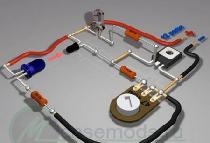
A selection of simple and effective schemes.

Three-phase voltage from single-phase in 5 minutes
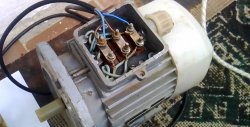
Starting a three-phase motor from a single-phase network without a capacitor

Eternal flashlight without batteries
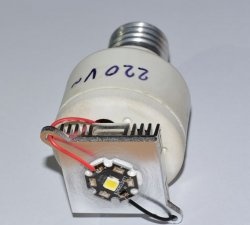
How to make an inexpensive but very powerful LED lamp
Comments (6)

